The panels are decorated with cartouches with elongated allegories, foliage and fruit garlands;
2 female busts at the front angles and 4 claw feet;
The boxed lid is decorated with flutes, palmettes and gadroons, with associated lid
Northern Italy, 16th century.
Height: 89 cm - Length: 171 cm - Depth: 70 cm.
Ancient restorations
A cassone is an element of Florentine medieval furniture used until the artistic Renaissance, where it becomes a pretext for decorative paintings. Often, it is only the figured panels that have come down to us, detached from the rest of the trunk structure, their original function being guessed by their length format (up to 1.70 / 1.75m).
Very fashionable during the Italian Renaissance, its shape is inspired by the antique marble sarcophagus and Renaissance tombs
It is a ceremonial wedding chest that the future husband orders and has decorated by an artist, on the panel front and the inside of the lid (which turns out to be open) for the future bride to store part of her dowry and which is intended to adorn the bridal chamber. This storage chest was one of the essential elements of furniture until the end of the 16th century before being gradually supplanted by the chest of drawers. They were sometimes found in pairs, with the coat of arms of the spouses. Chests were placed against a wall in private rooms, most often the bedroom, or nested in the sides of large beds. They could also serve as benches, covered with cushions. As cassoni reflected the social status and tastes of their owners, they were regularly adorned using various decorative techniques, inlays, sculptures, gilded stucco, painted images.
The decoration of these chests shows the wealth of its owner to become true works of art.



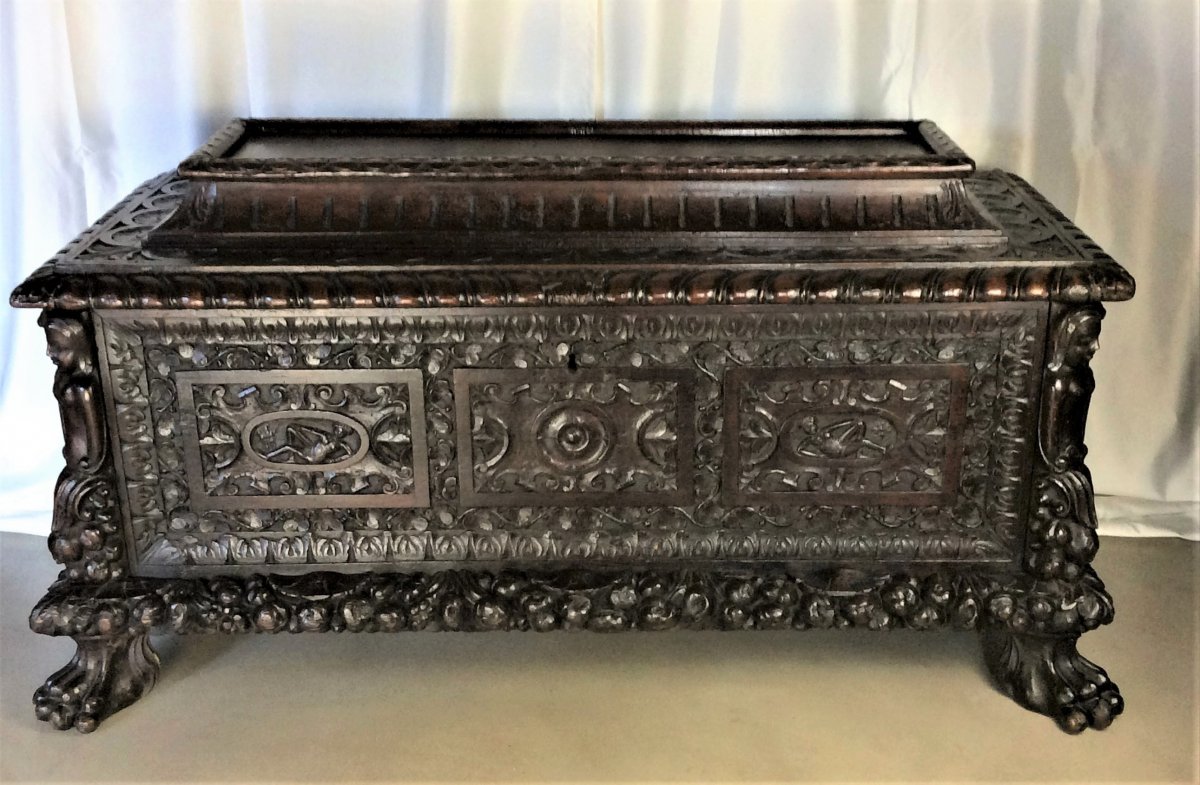
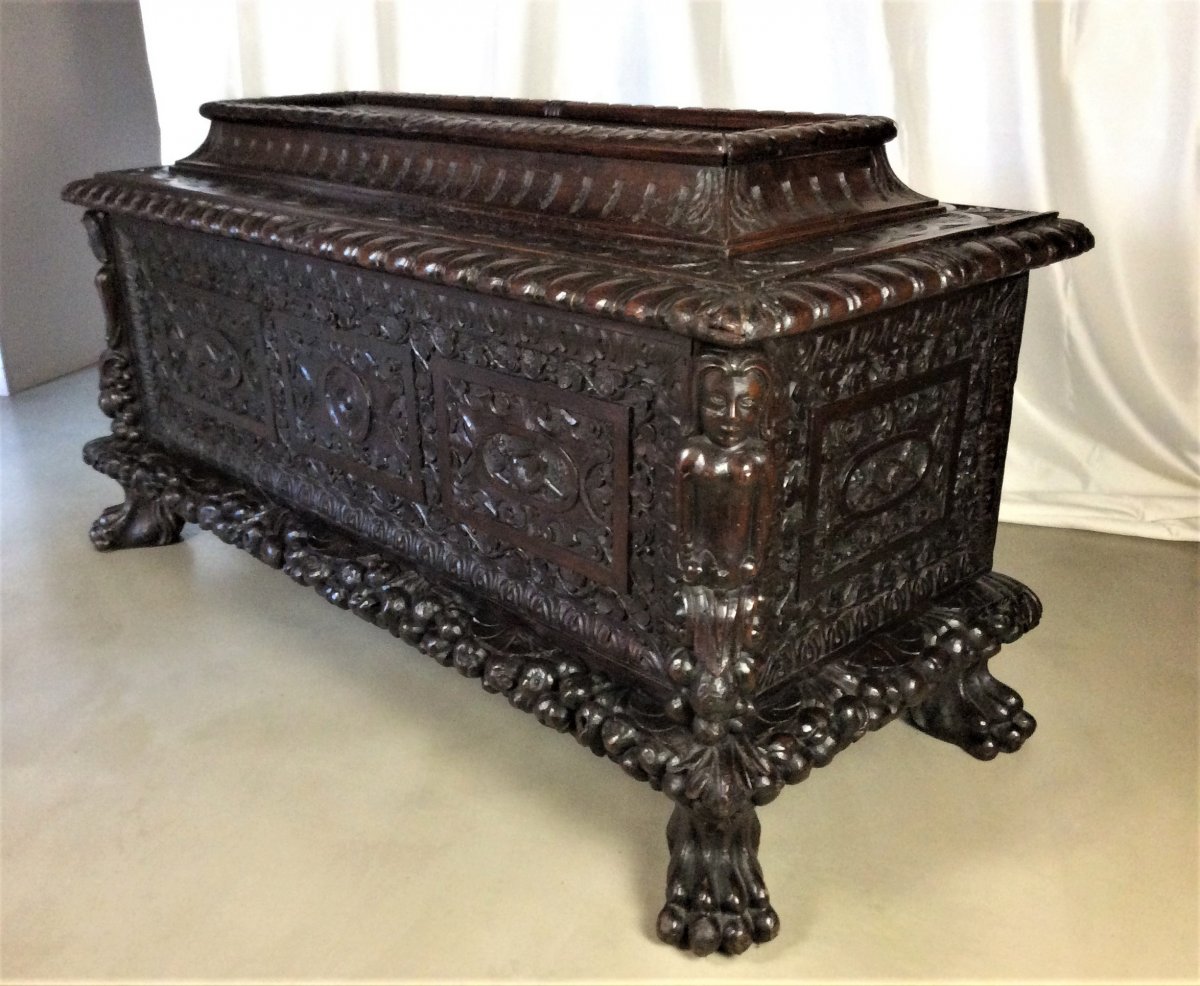
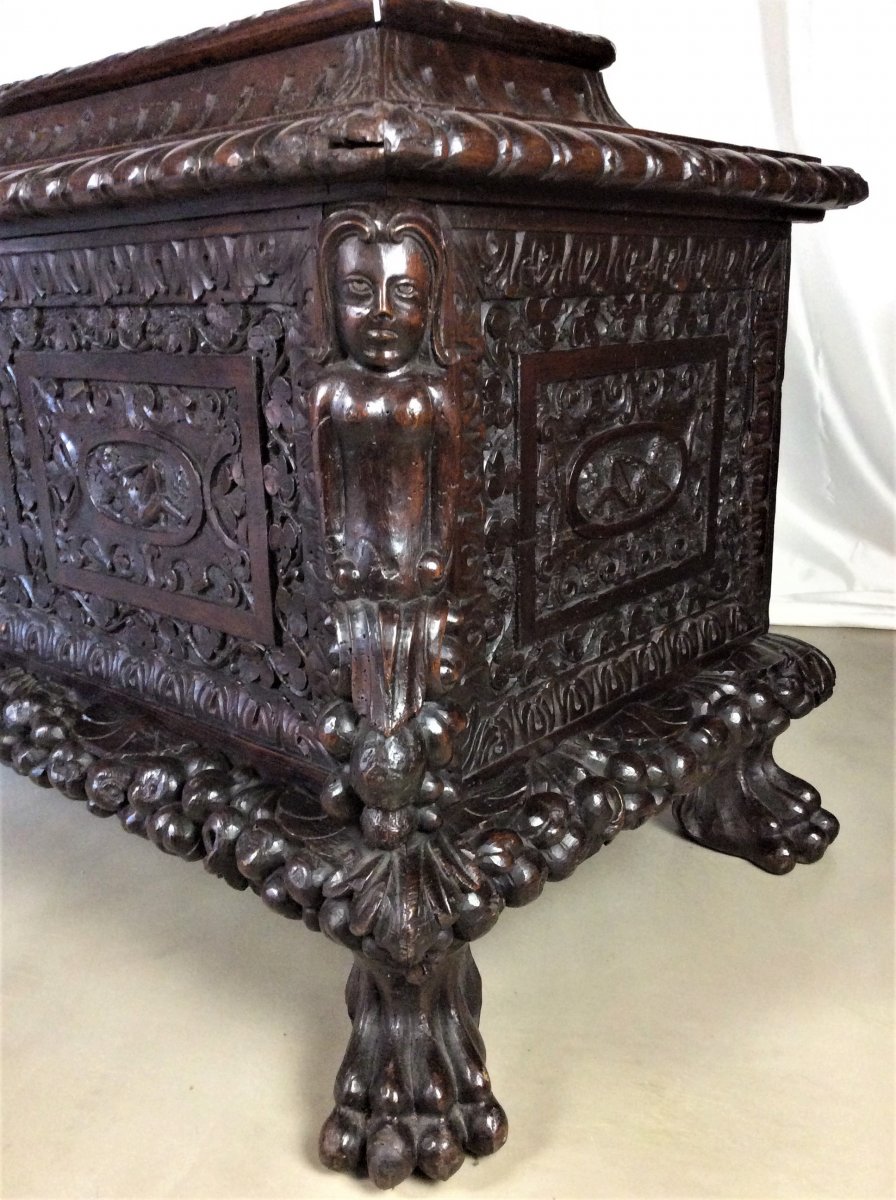
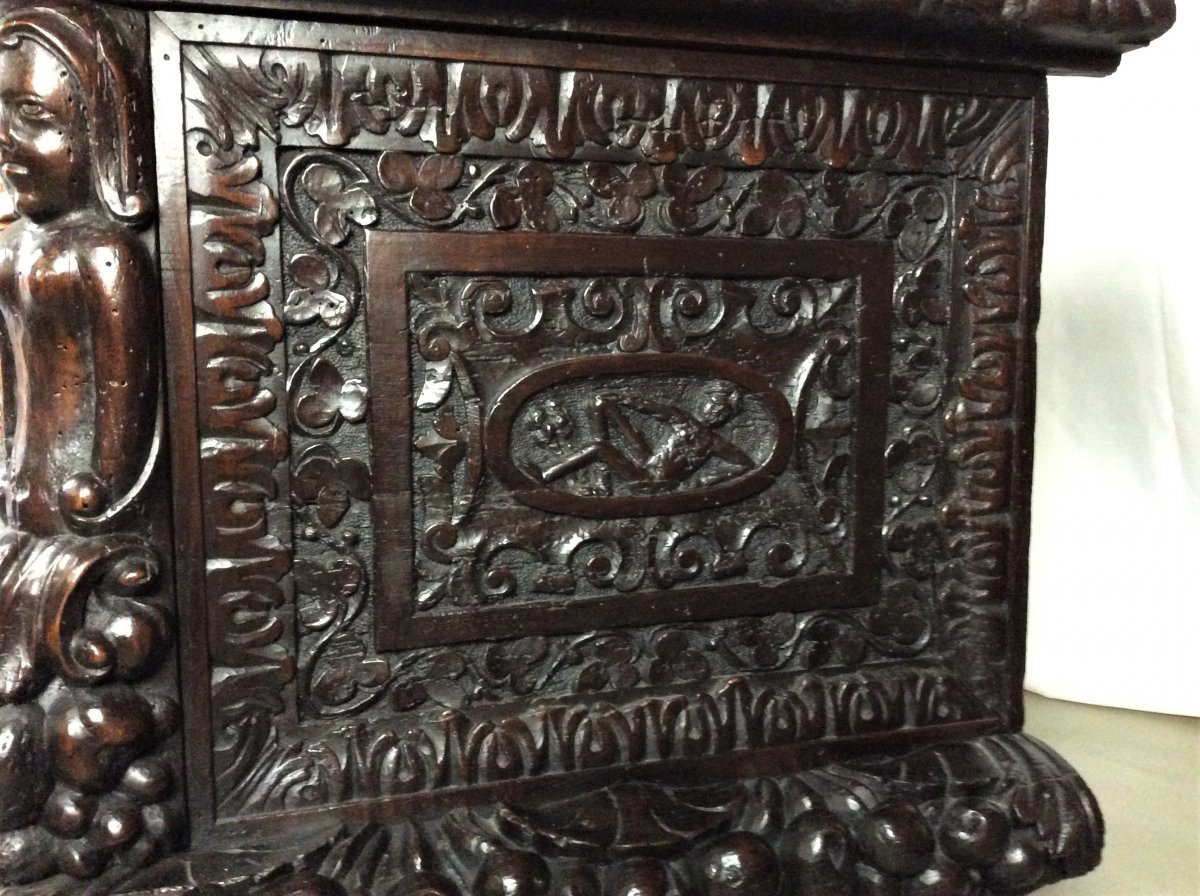




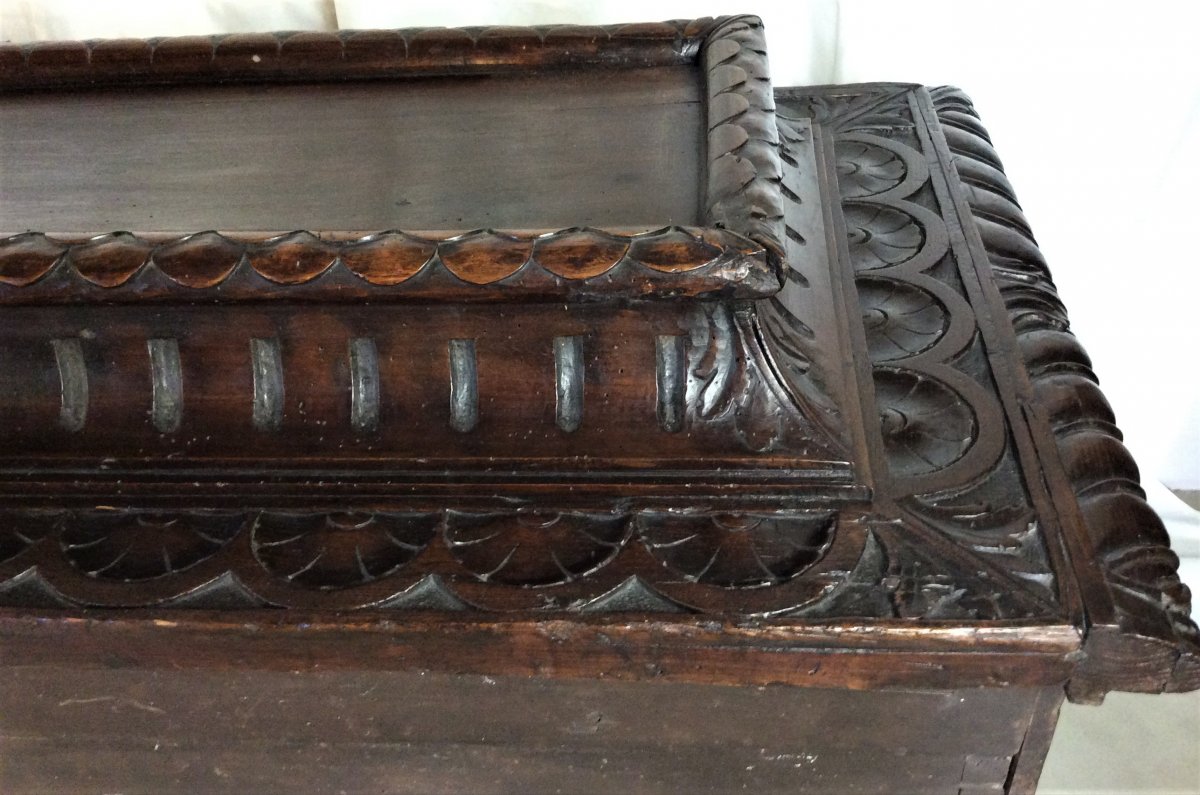

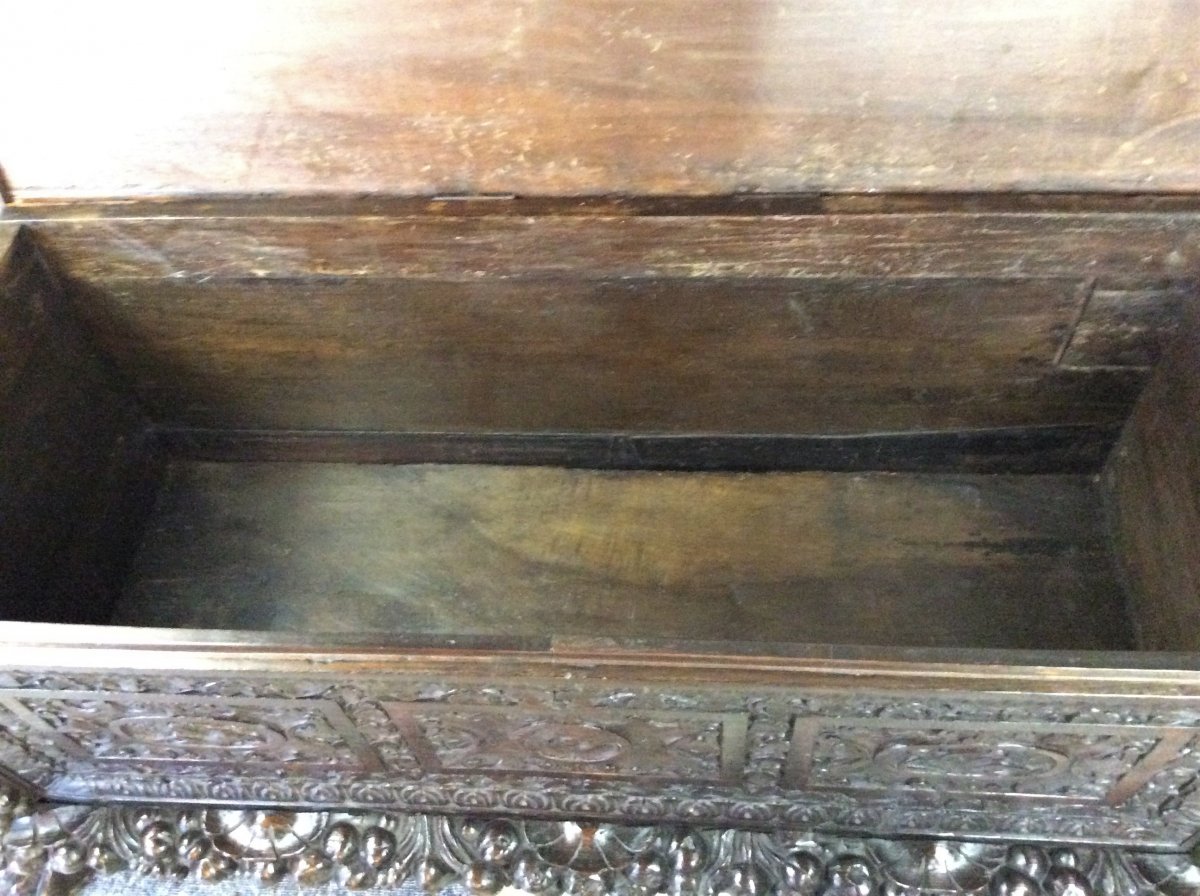


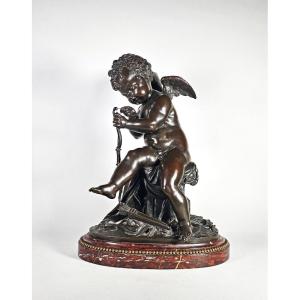
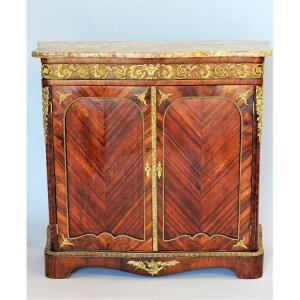
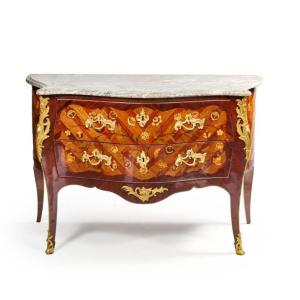
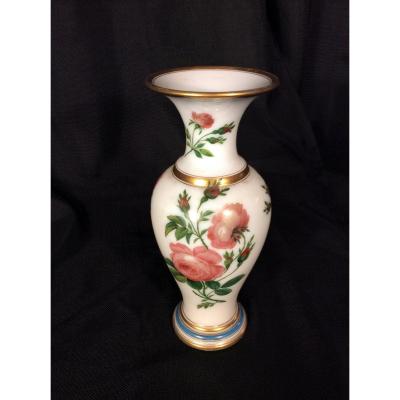
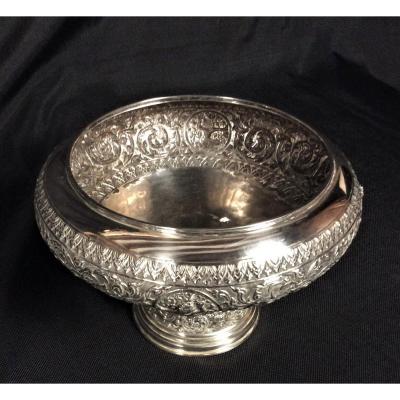


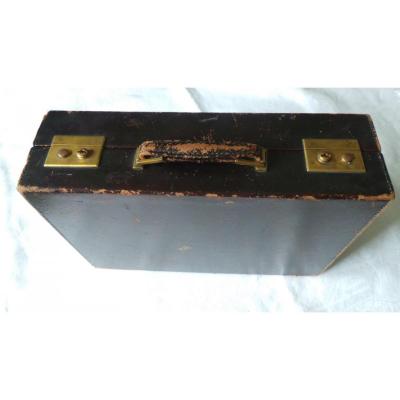
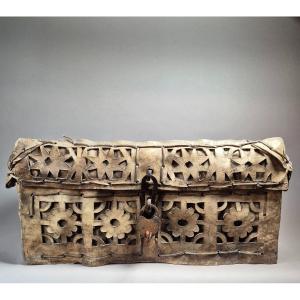

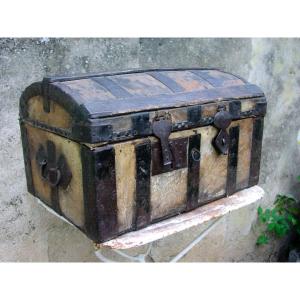



 Le Magazine de PROANTIC
Le Magazine de PROANTIC TRÉSORS Magazine
TRÉSORS Magazine Rivista Artiquariato
Rivista Artiquariato
